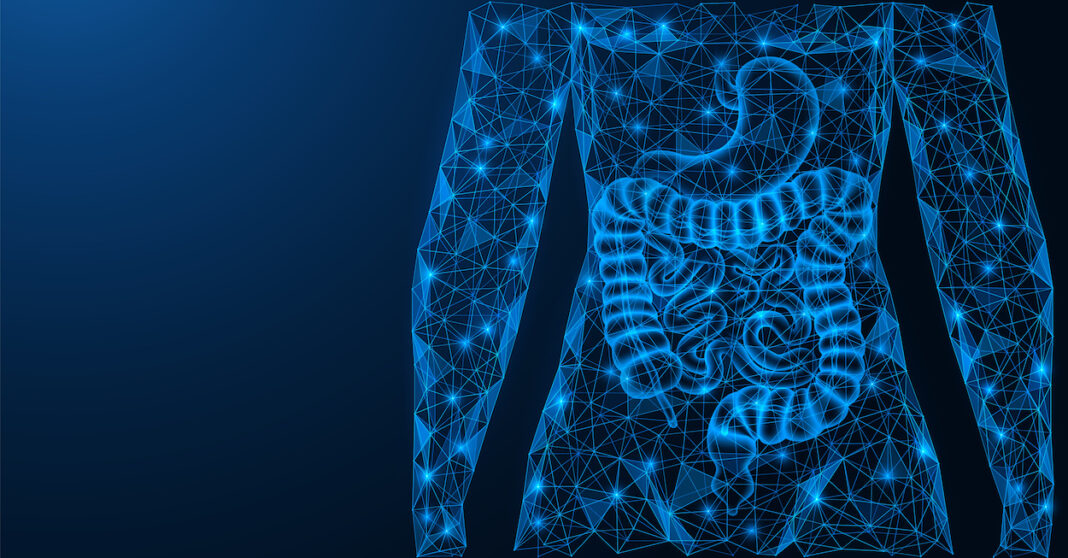Human colonic organoids (HCOs) made from pluripotent stem cells co-develop a variety of immune cells, including tissue-resident macrophages. And while they look like macrophages resident in the human gastrointestinal (GI) tract, they also act like them: the immune cells respond to inflammatory cues, secrete cytokines, and phagocytose bacteria. These data describe an approach to generate human organoid tissues with co-developing resident immune cells that could be used to model inflammatory diseases and the developmental roles of tissue-resident immune populations.
The peer-reviewed research article “Development of functional resident macrophages in human pluripotent stem cell-derived colonic organoids and human fetal colon” was published in Cell Stem Cell.
Making mini-colon macrophages
Diverse populations of immune cells populate the adult gastrointestinal (GI) tract. It was previously believed that most of the immune cells found in the gut, including resident macrophages, are derived from hematopoietic stem cells (HSCs) found in bone marrow.
Important studies in mice have shown that tissue-resident macrophages in many organs come from fetal pre-macrophages. However, how tissue-resident macrophages develop in the human fetal colon during embryonic development has been elusive. In the same way, progress has been made in creating different types of immune cells and organoids from human pluripotent stem cells (hPSCs), but it has still not been possible to create human GI organoids that contain immune cells that are resident in the tissue.
Co-lead authors Jorge O. Múnera, PhD, and Daniel O. Kechele, PhD, and colleagues report the differentiation of hPSCs into human colonic organoids (HCOs) containing an array of hematopoietic progenitors and cell types. Human fetal small and large intestine tissue-resident macrophages were found to have a transcriptional signature resembling that of HCO macrophages. HCO macrophages can modify the amount of cytokines they secrete based on cues that are pro- or anti-inflammatory. They are also capable of mounting a strong defense and phagocytosing harmful bacteria. Following their transplantation into mice, HCO macrophages stayed within the colonic organoid tissue, established a robust connection with the colonic epithelium, and were not dislodged by host bone marrow-derived macrophages.
Creating HCOs with resident macrophages gives us a new way to look at how innate immune cells interact with the colonic epithelium. In addition, HCOs could be used to determine the niche factors that allow the maintenance of tissue-resident macrophages.
Since diverse populations of immune cells populate the adult GI tract and most intestinal diseases, particularly inflammatory bowel diseases (IBDs), involve the immune system, these HCOs should allow the modeling of inflammatory diseases such as necrotizing enterocolitis, very early-onset IBDs, bacterial pathogens such as Clostridium difficile, and viral pathogens such as HIV, which readily infect fetal intestinal macrophages. In addition, the incorporation of other immune cell types could be used to study other innate immune mechanisms, such as neutrophil-driven inflammatory hypoxia.
Lastly, this study provides a framework for the generation of other human organoid systems containing resident immune cells.



